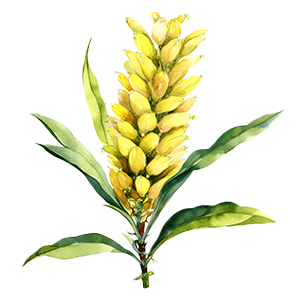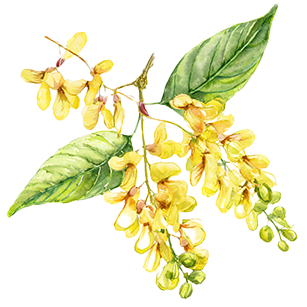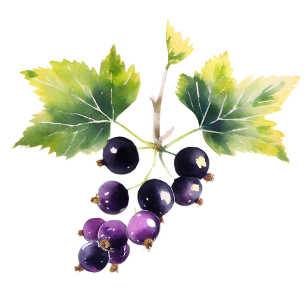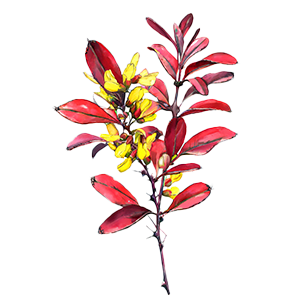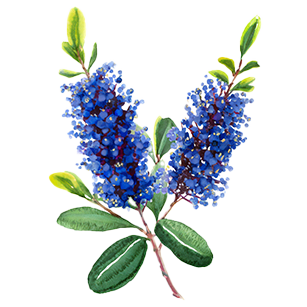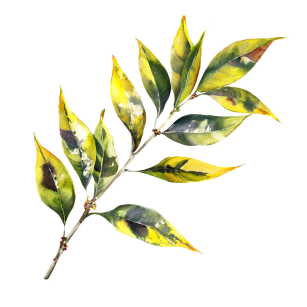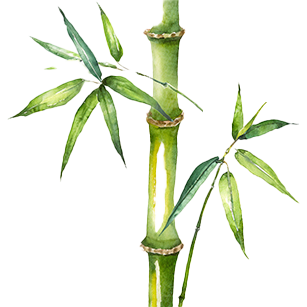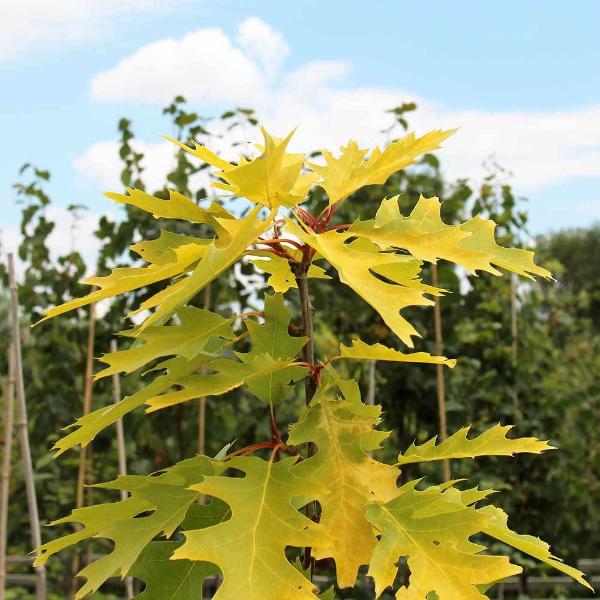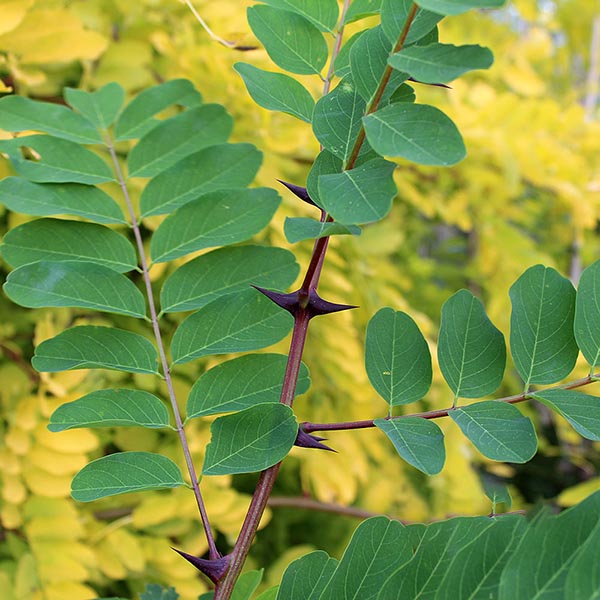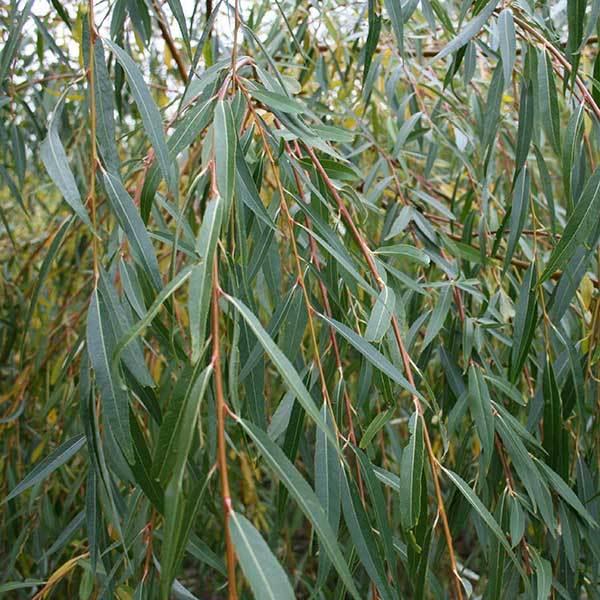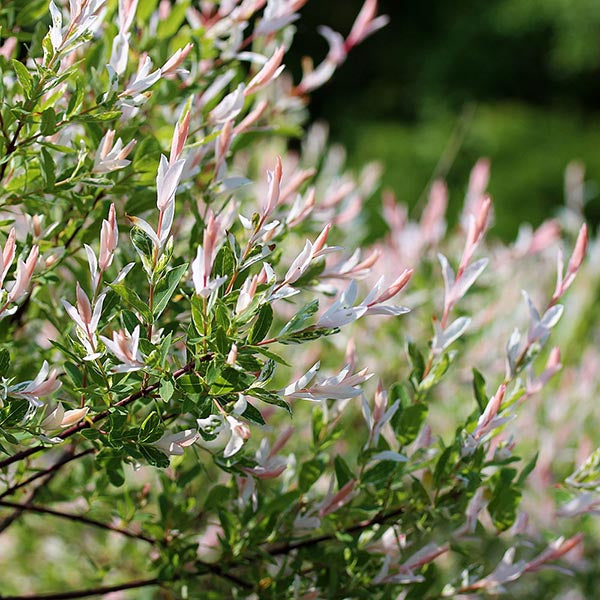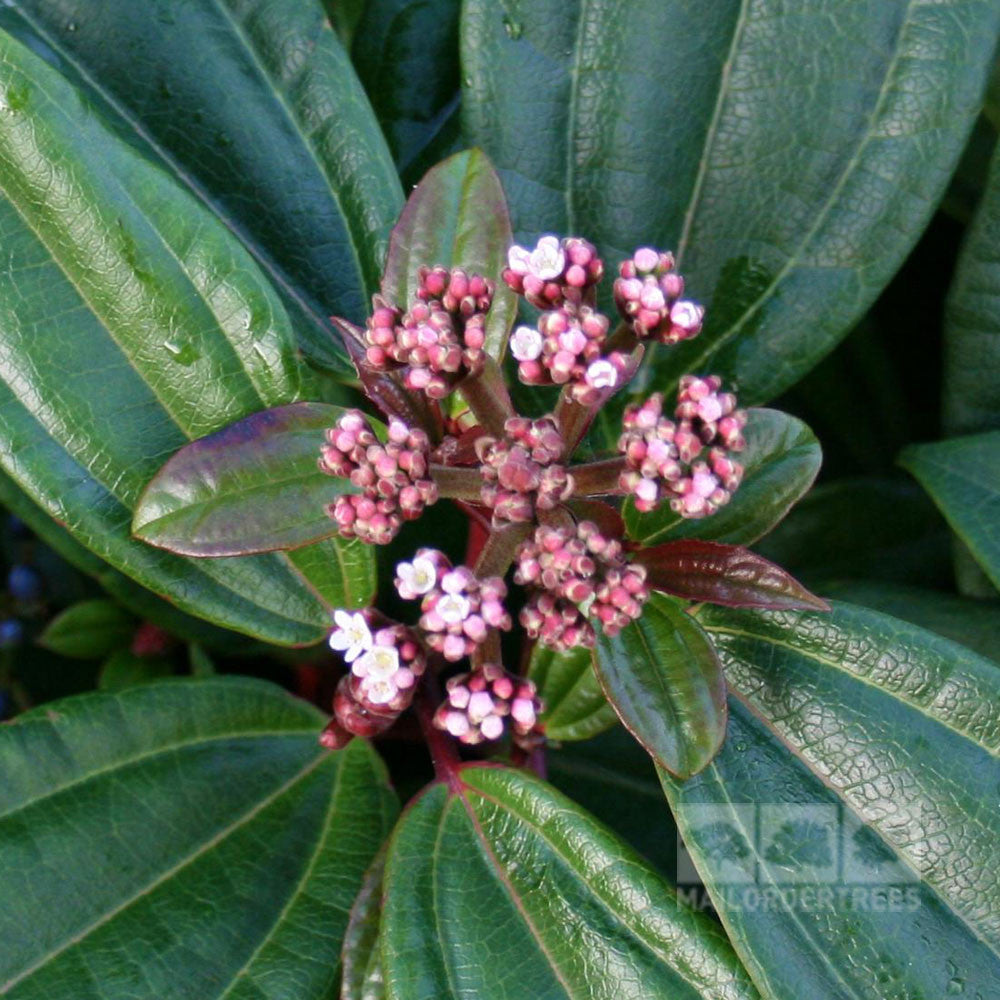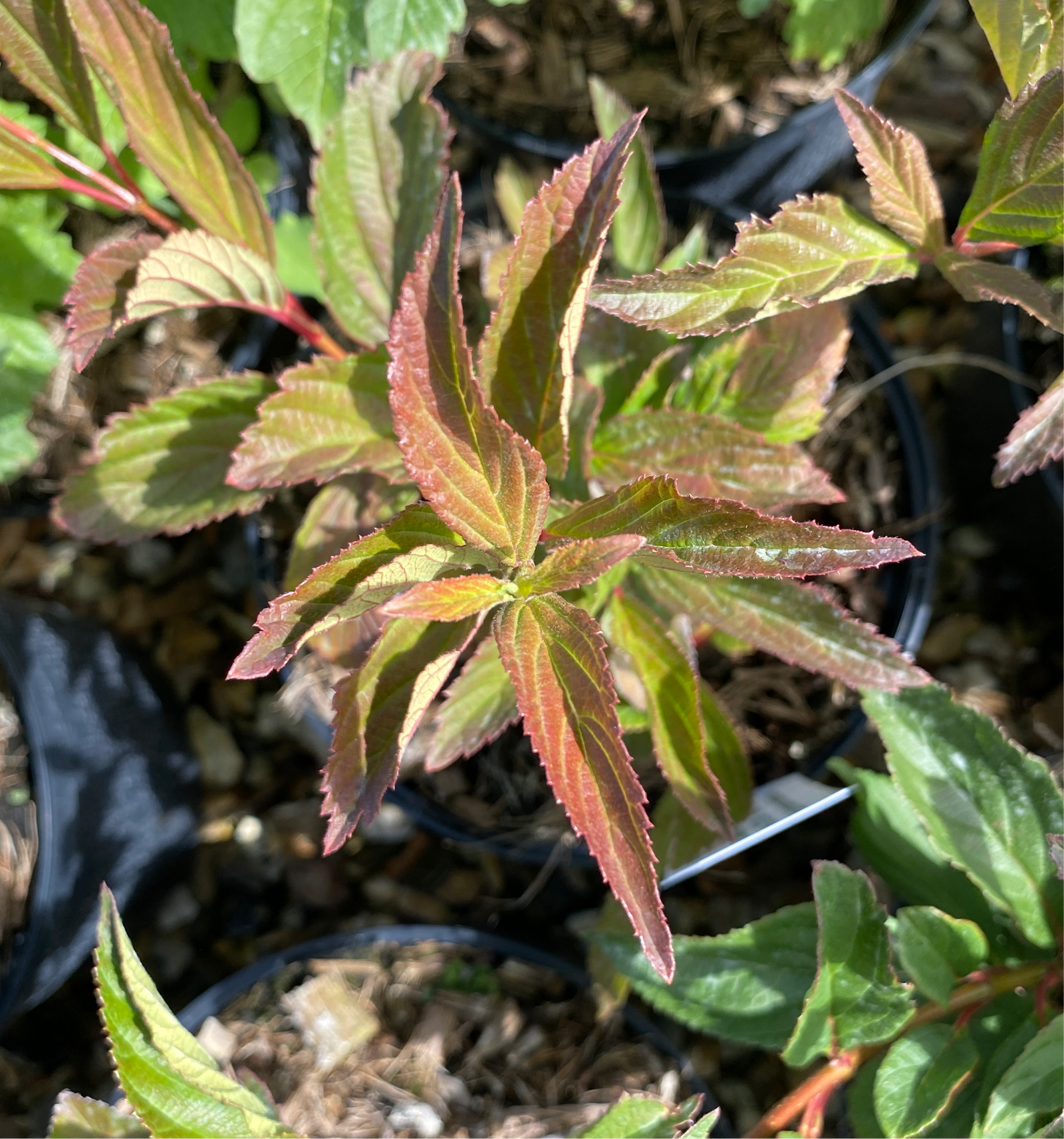Quercus rubra Aurea
Golden Red Oak
Common Name: Golden Red Oak Latin Name: Quercus rubra 'Aurea' Soil: Medium moisture, well-drained, fertile soil. Slightly better autumn colour on acidic soil. Position: Light, dappled shade to prevent sun scorch Flowering period/colour: Spring, inconspicuous. Hardiness: Hardy to -22°C, but requires shelter from strong winds. Height and spread in 20-50 years: 15m/10m Special features: Golden yellow leaves in spring and early summer; orange red autumn colour. Deciduous.
The Golden red oak is a rare variation on the Eastern North American red oak. A fine specimen of this tree can be seen in the Belfast Botanic Gardens. In the spring the leaves are a dazzling golden yellow colour, maturing to a yellow green in late summer. The leaves develop orange and red tints in autumn.
This is a fast growing tree and in ideal conditions can grow to five or six metres in ten years. It is also very long lived, lasting up to 500 years, with a trunk which may be 2 metres in diameter. Stout branches grow at right angles to the stem, forming a narrow round-topped head. The tree produces acorns, which take about eighteen months to two years to develop.
This variety is frequently grown as a specimen tree in parks and open spaces. It rapidly develops a taproot, so should bought as a young specimen and planted in its final location as soon as possible.
Quercus rubra 'Aurea' produces very good quality wood for building applications. Other oak species are also cut for this purpose but produce lower quality wood than the red oaks. Red oak wood is suitable for flooring, veneer, and furniture.













